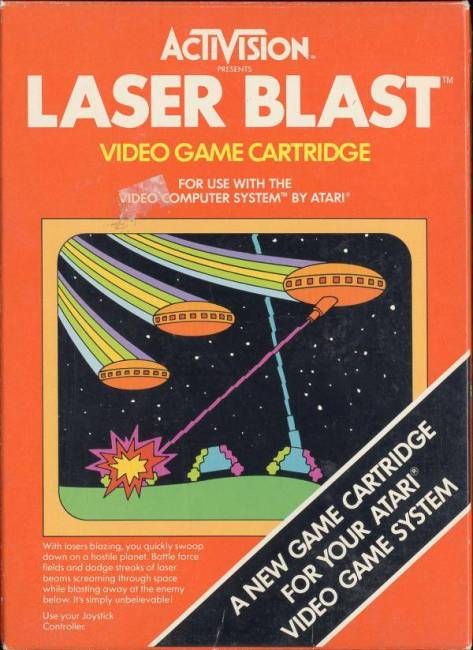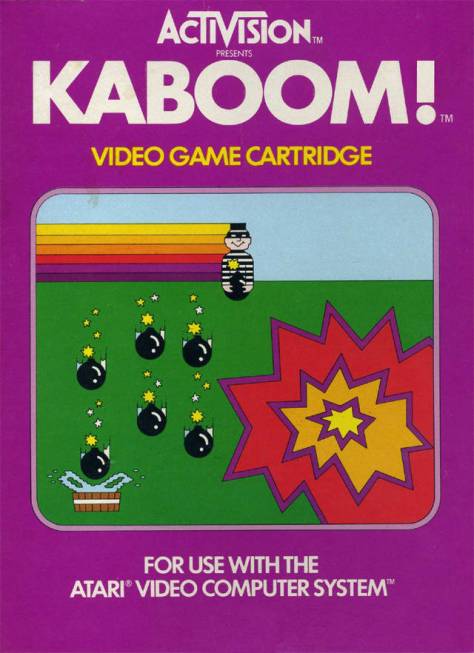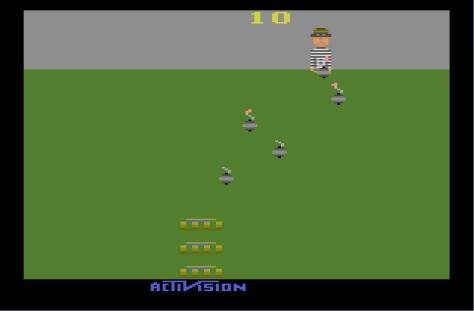
When you have a video game collection like mine, it can be hard to play all of the games. This is especially true when additions are made on an almost weekly basis. Still, I appreciate nearly every game I’ve accumulated for this reason or that. In the hopes of improving my writing through continuous effort and promoting ongoing learning of these games, I’m going to compose brief, descriptive articles.
I’ve played little of this game since acquiring the Odyssey2 and expanding my collection. Put simply, it’s a Pac-Man clone. It’s not a 1:1 duplicate, but it’s hard to deny that fact. In fact, this game was the center of a lawsuit that Atari brought upon Philips, the parent company of Magnavox. Atari brought the case, rather than Namco, as they had the exclusive right to home versions of Pac-Man. The Wikipedia pages for the game and a related court case offer an interesting summation of the early days of video game copyrights, as they pertained to North America. As I mentioned, I’ve probably played this game a few times, but I remember it not.
As was the case with the bulk of the platform’s library, K.C. Munchkin! was developed by Ed Averett and published directly by Magnavox. This game released in North America sometime in 1981.
![Random Game #35 – K.C. Munchkin! [Odyssey 2]](https://mybrainongames.files.wordpress.com/2015/01/k-c-munchkin.jpg?w=672&h=372&crop=1)
![Random Game #4 – Galaga [Xbox Live Arcade]](https://mybrainongames.files.wordpress.com/2014/11/galaga.jpg?w=672&h=372&crop=1)
 When you have a video game collection like mine, it can be hard to play all of the games. This is especially true when additions are made on an almost weekly basis. Still, I appreciate nearly every game I’ve accumulated for this reason or that. In the hopes of improving my writing through continuous effort and promoting ongoing learning of these games, I’m going to compose brief, descriptive articles.
When you have a video game collection like mine, it can be hard to play all of the games. This is especially true when additions are made on an almost weekly basis. Still, I appreciate nearly every game I’ve accumulated for this reason or that. In the hopes of improving my writing through continuous effort and promoting ongoing learning of these games, I’m going to compose brief, descriptive articles.














